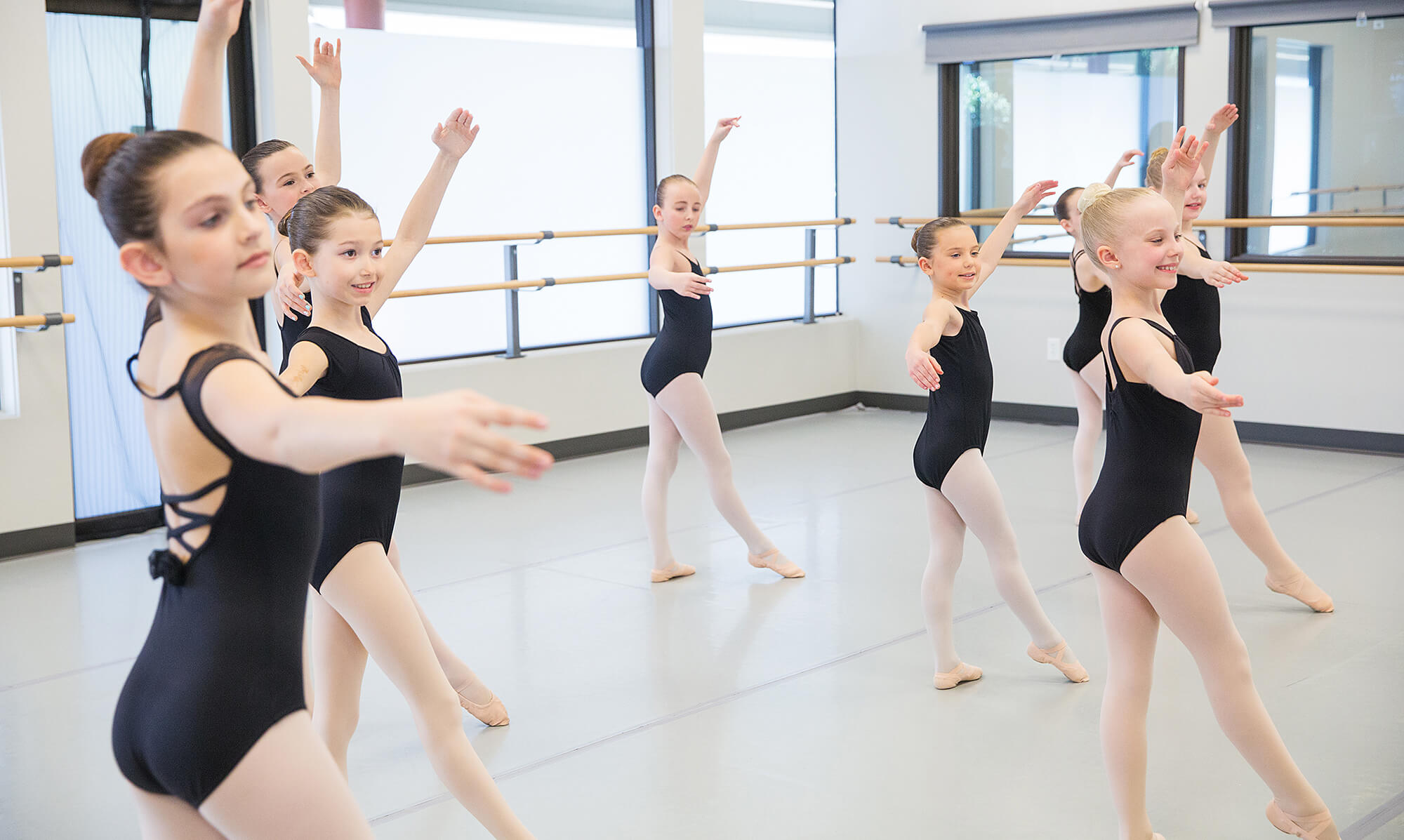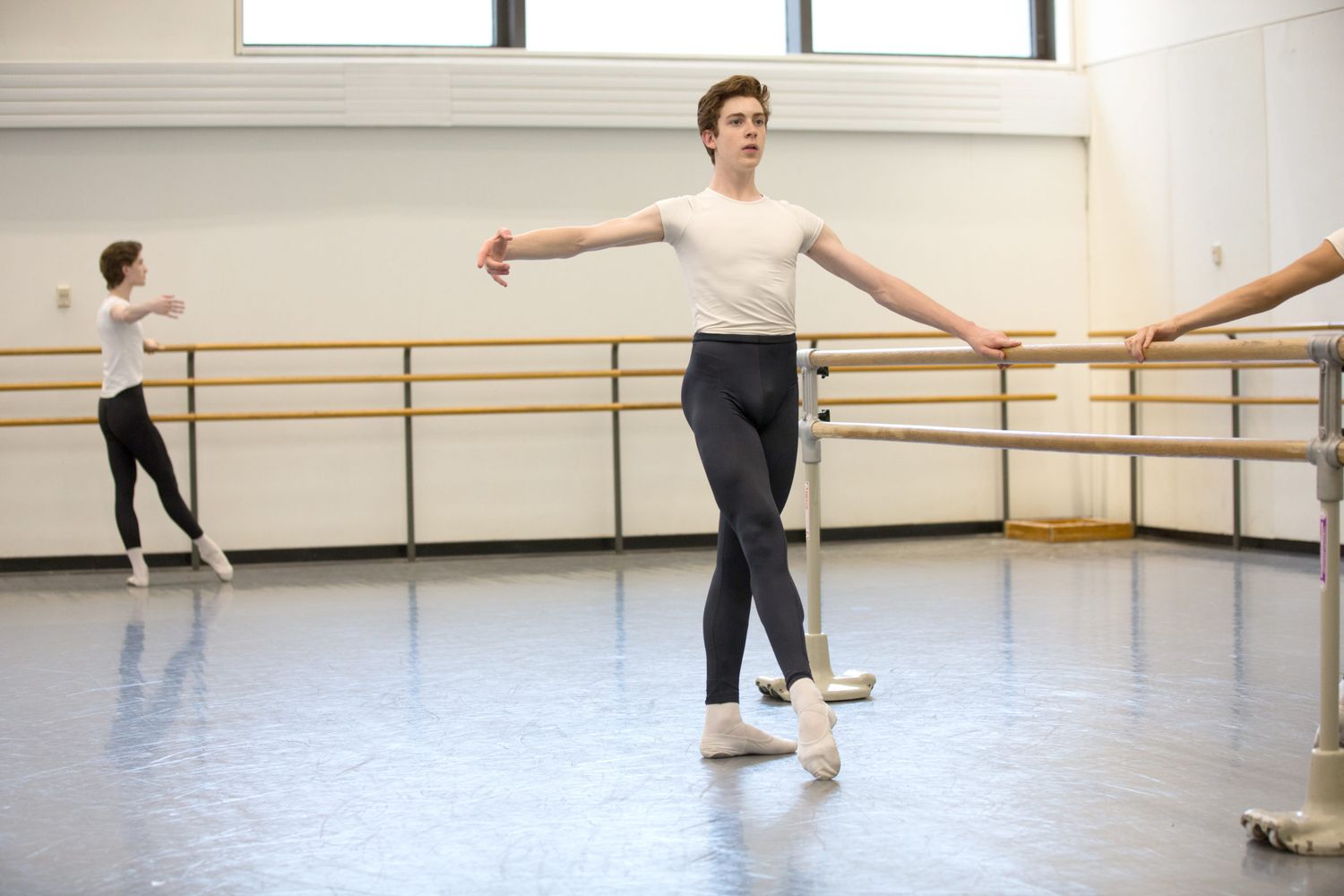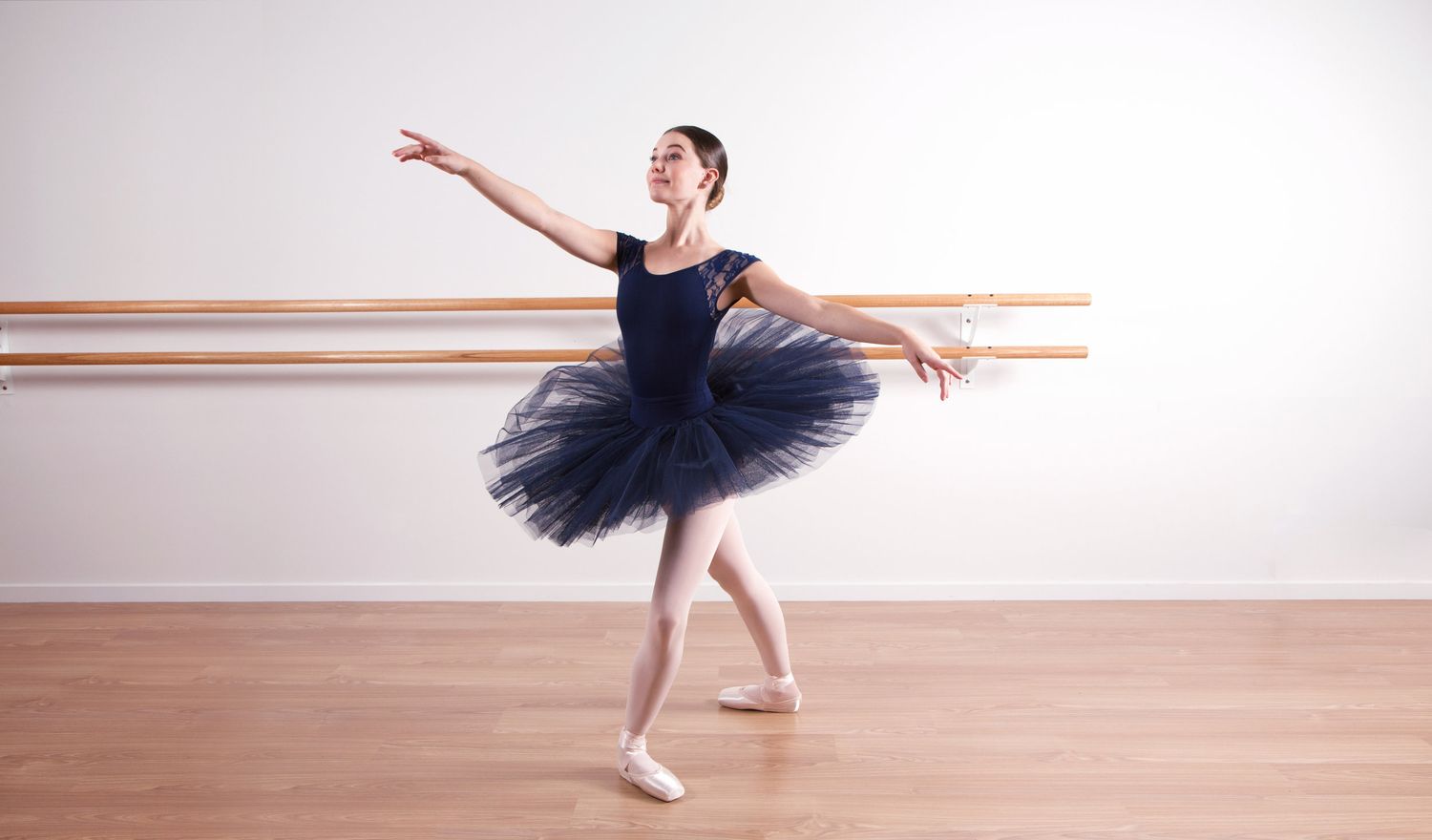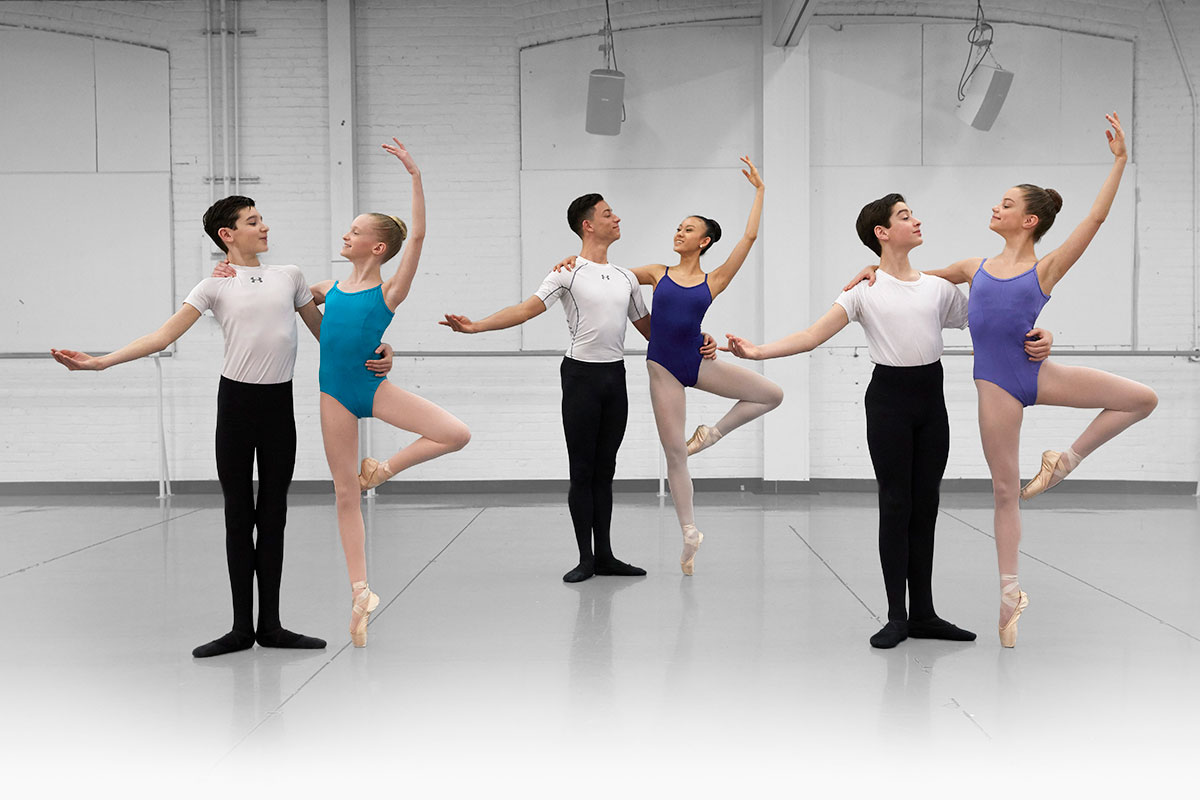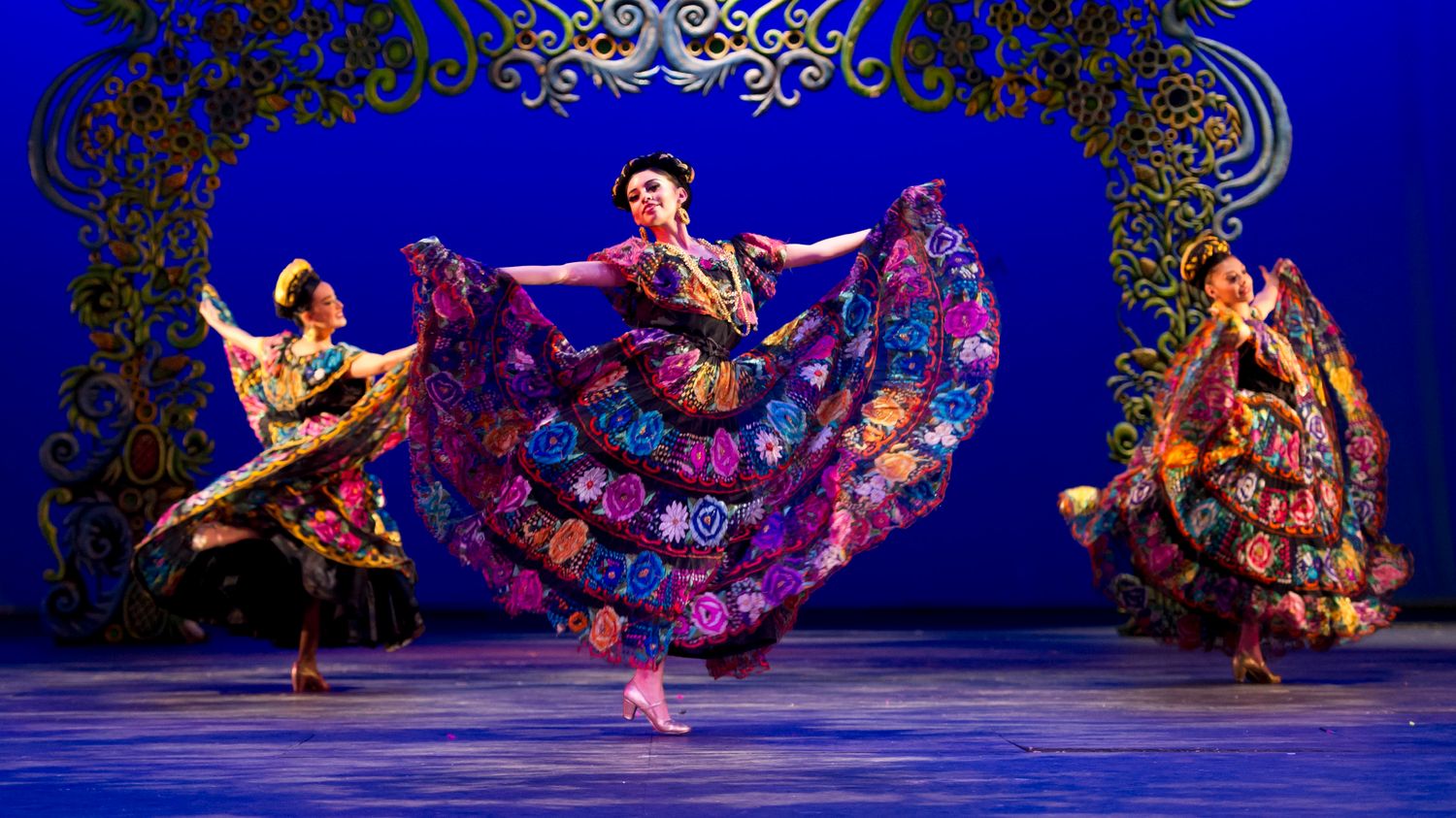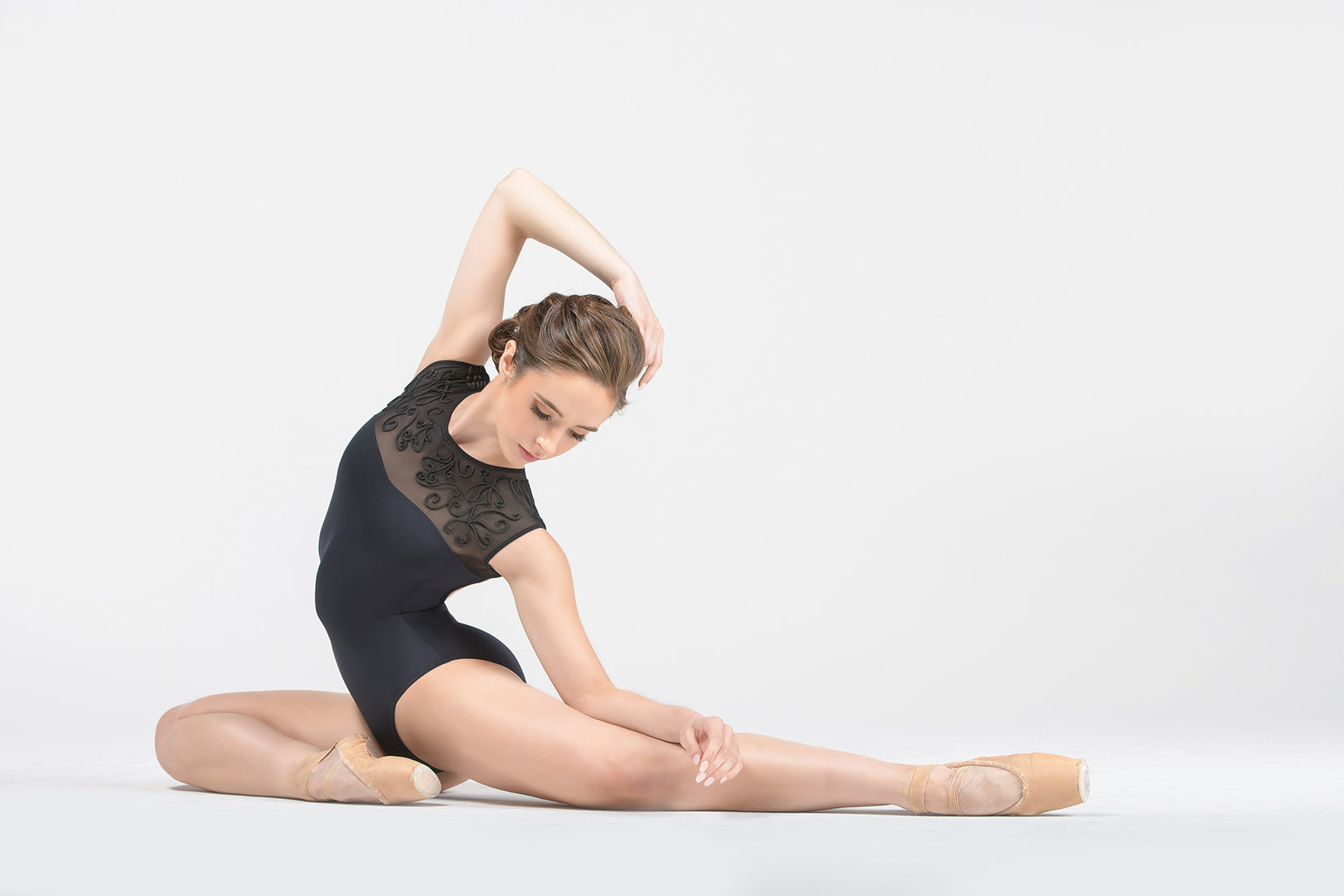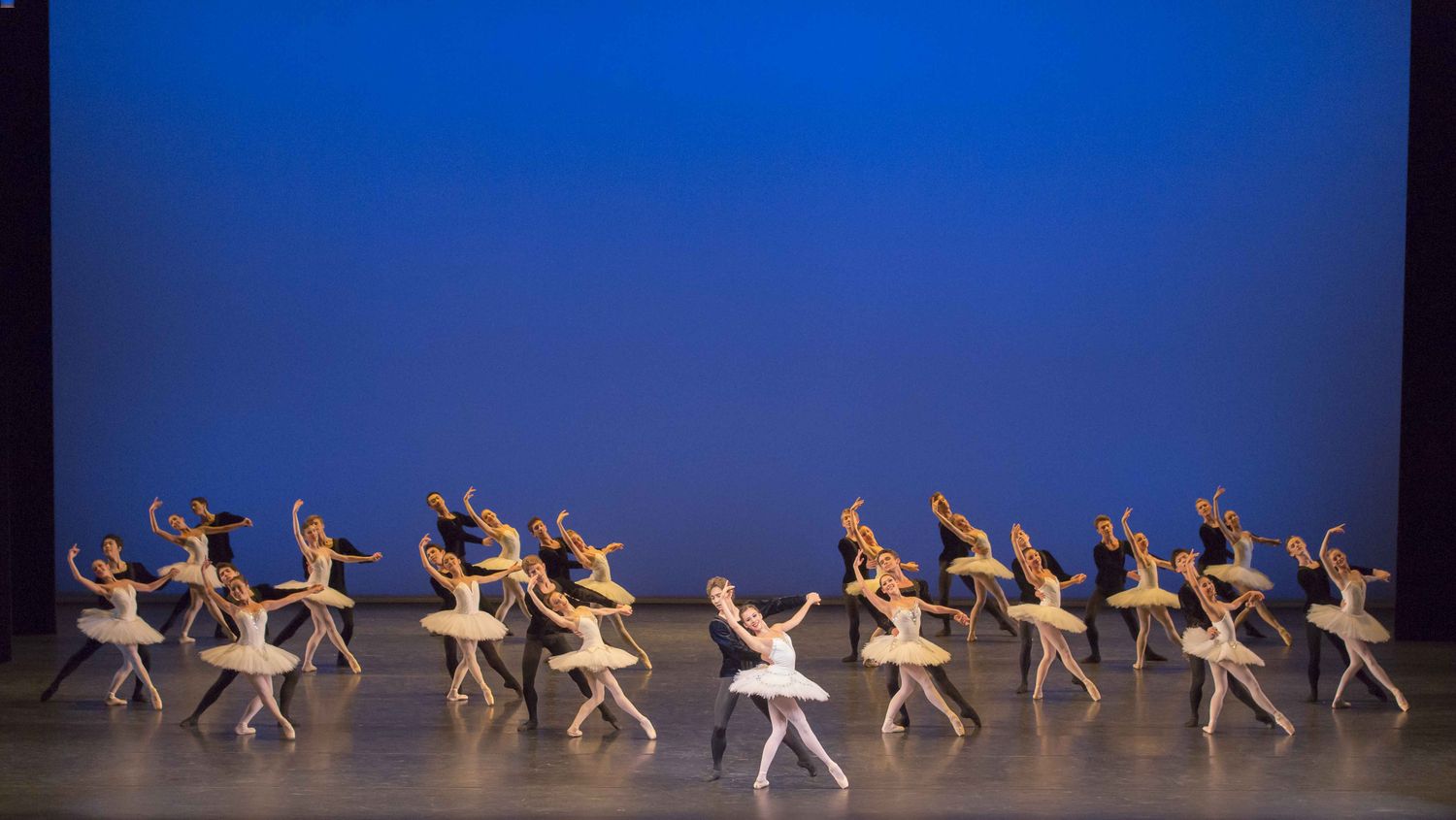Home>Events & Info>Ballet>What Is A Plie In Ballet


Ballet
What Is A Plie In Ballet
Published: January 9, 2024
Discover the meaning and technique behind the ballet term "plié." Explore how this fundamental movement is essential for dancers in mastering their ballet technique.
(Many of the links in this article redirect to a specific reviewed product. Your purchase of these products through affiliate links helps to generate commission for AudioLover.com, at no extra cost. Learn more)
Table of Contents
Introduction
Ballet is a graceful and dynamic form of expression that has captivated audiences for centuries. It combines precise movements, poise, and strength to create breathtaking performances. One of the fundamental elements of ballet technique is the plié, a French term meaning “to bend.”
The plié is a foundational movement in ballet, serving as the basis for many other steps and positions. It involves bending and straightening of the knees, providing stability, control, and fluidity to the dancer’s movements. Mastering the plié is essential for every ballet dancer, regardless of their level of expertise.
In this article, we will delve into the world of ballet pliés, exploring their definition, importance, and techniques. We will also discuss common mistakes to avoid and the benefits of incorporating pliés into your ballet practice. So, whether you’re new to the world of ballet or a seasoned dancer, let’s take a closer look at the intricacies of the plié in ballet.
Definition of a Plie in Ballet
A plié is a fundamental movement in ballet that involves bending and straightening of the knees. It is often referred to as the “building block” of ballet technique, as it provides a strong foundation for other movements and steps. The plié is performed in various positions, including first, second, fourth, and fifth position.
There are two types of pliés in ballet: demi-plié and grand plié. A demi-plié is a partial or half bend of the knees, while a grand plié is a deep bend that takes the dancer to their lowest point in the plié. Both of these variations require control, balance, and proper alignment.
When executing a plié, it is important to maintain a tall, elongated posture with a lifted sternum and engaged core. The movement originates from the legs, specifically the inner thighs, as the knees bend outward to the side. The heels remain in contact with the floor, and the weight is evenly distributed between the balls of the feet and the heels.
The plié serves multiple purposes in ballet. It allows dancers to absorb shock, maintain balance, and transition smoothly between movements. Additionally, the plié helps to build strength and flexibility in the legs and helps to develop a sense of control and stability in the dancer’s technique.
Now that we have explored the definition and purpose of the plié in ballet, let’s delve deeper into its importance in the practice of this beautiful art form.
Importance of Plie in Ballet
The plié is of utmost importance in ballet and is considered the foundation of all ballet movement. It holds a key role in developing proper technique, strength, and flexibility in dancers. Here are several reasons why the plié is so crucial in ballet:
- Alignment and Posture: The plié helps in establishing correct alignment and posture in ballet. By initiating movement from the legs and engaging the core muscles, it promotes an upright and elongated spine, creating a beautiful line from head to toe.
- Building Strength and Stamina: Pliés work the muscles in the legs, including the quadriceps, hamstrings, and calf muscles, leading to increased strength and endurance. Regular practice of pliés helps dancers develop the muscular power required for more advanced movements and jumps.
- Enhancing Flexibility: The plié encourages the gradual lengthening and stretching of the muscles, promoting flexibility in the hips, knees, and ankles. This flexibility is crucial in executing more complex ballet movements with grace and ease.
- Smooth and Controlled Transitions: The plié acts as a transitional movement that allows dancers to smoothly transition between various positions and steps. It provides a seamless flow between movements, enhancing the overall fluidity and grace of the performance.
- Better Balance and Stability: By training the muscles to support the body’s weight in a controlled manner, the plié improves balance and stability for dancers. It teaches them to distribute their weight evenly between both feet, aiding in maintaining stability during intricate footwork.
Without a strong foundation in pliés, dancers may struggle with executing more advanced techniques and movements. The plié is a fundamental element that prepares dancers for the complexity and precision required in ballet.
Now that we understand the importance of the plié, let’s explore the different types of pliés commonly performed in ballet.
Types of Plie in Ballet
In ballet, there are two main types of pliés: demi-plié and grand plié. Each has its own characteristics and serves a different purpose within a dancer’s routine. Let’s take a closer look at each of these types:
- Demi-Plié: A demi-plié, meaning “half bend,” is a partial bending of the knees. In this variation, the dancer maintains a controlled and precise movement, with the knees bending over the toes while maintaining alignment. The demi-plié is generally performed at the start and end of exercises, serving as a warm-up and cool-down for the leg muscles.
- Grand Plié: A grand plié, meaning “big bend,” is a deep bending of the knees that takes the dancer to their lowest point in the plié. In this variation, the heels may lift slightly off the ground as the dancer sinks into the movement. Grand pliés are often performed in the center of the room or at the barre as part of a more extensive exercise sequence. They require strength, control, and proper alignment of the legs and torso.
Both demi-plié and grand plié are essential for building strength, improving flexibility, and developing proper technique in ballet. They train the muscles, particularly in the legs, to work together in a coordinated and controlled manner.
Furthermore, there are various positions in which pliés can be performed. These positions include first position, second position, fourth position, and fifth position. Each position presents a unique demand on the body and requires specific alignment and coordination.
Now that we have explored the different types of pliés in ballet, let’s move on to understanding the proper technique for performing a plié.
Proper Technique for Performing a Plie
Performing a plié with proper technique is essential for achieving the desired benefits and maintaining the integrity of ballet movements. Here’s a step-by-step guide on how to execute a plié correctly:
- Starting Position: Begin in first position, where the heels are together and the toes are turned out to the sides. Keep the legs straight and the torso lifted, with the shoulders relaxed.
- Initiating the Movement: Start by engaging the core and inhaling deeply. As you exhale, begin to bend your knees out to the sides, ensuring that the knees track over the toes and that they do not collapse inward.
- Bending and Alignment: Continue to lower your body by bending the knees until you have achieved a comfortable and controlled depth. Ideally, the knees should be over the toes, and the thighs should be parallel to the floor in a demi-plié. In a grand plié, the depth can be deeper, but maintain proper alignment and avoid lifting the heels excessively.
- Rising and Straightening: Begin to rise and straighten the legs by pressing evenly through the balls of your feet and engaging the quadriceps. Keep the heels in contact with the floor throughout the movement. As you straighten the legs, mentally push the floor away from you and extend through the spine, maintaining upright posture and length in the body.
- Repeat and Maintain Fluidity: Repeat the plié movement, focusing on maintaining fluidity and control throughout. Ensure that each plié is executed with precision, avoiding any jerky or rushed movements.
Remember that proper alignment is crucial in executing a plié. Keep your knees over the toes, maintain an elongated spine, and engage the core to support your movements.
While practicing pliés, it is recommended to start with demi-pliés before progressing to grand pliés to build strength and stability gradually.
Now that we understand the proper technique for performing a plié, let’s discuss some common mistakes to avoid during this fundamental ballet movement.
Common Mistakes to Avoid during a Plie
While performing a plié, it’s important to be aware of common mistakes that can hinder your technique and potentially lead to injury. By avoiding these errors, dancers can ensure they are getting the most out of their plié movements. Here are some common mistakes to watch out for:
- Collapsing Knees: One of the most common mistakes is allowing the knees to collapse inward during the plié. This puts unnecessary strain on the knees and compromises proper alignment. To avoid this, focus on keeping the knees aligned with the toes throughout the movement.
- Lifting Heels: Lifting the heels excessively during the plié can disrupt alignment and reduce stability. Try to keep the heels in contact with the floor as much as possible, especially during demi-pliés. If you find it difficult to keep the heels down, work on ankle flexibility and strength to gradually increase your range of motion.
- Slouching or Rounded Shoulders: Maintaining proper posture is crucial in ballet, and the plié is no exception. Avoid slouching or rounding the shoulders during the movement. Instead, keep the chest lifted, shoulders relaxed, and spine elongated to achieve a graceful and upright posture.
- Rushing Through the Movement: Another common mistake is rushing through the plié without proper control and fluidity. Take the time to fully engage the muscles and execute each phase of the movement deliberately. This will help you develop strength, control, and precision in your pliés.
- Not Engaging the Core: Neglecting to engage the core muscles can result in a lack of stability and control. Remember to activate your abdominal muscles throughout the plié to maintain a strong and supported center.
Awareness of these common mistakes and actively working to correct them will improve your plié technique and ensure a safe and effective ballet practice. Regular practice and the guidance of a qualified instructor can help you refine your plié and other ballet movements.
Now that we’ve discussed the common mistakes to avoid, let’s discover the numerous benefits of incorporating pliés into your ballet practice.
Benefits of Practicing Plies in Ballet
Practicing pliés in ballet offers a multitude of benefits that extend beyond just mastering the movement itself. Here are several advantages of incorporating pliés into your ballet practice:
- Strength Building: Pliés work the muscles in the legs, including the quadriceps, hamstrings, and calves. Regular practice of pliés helps develop strength and endurance in these muscle groups, leading to improved stability and control in other ballet movements.
- Improved Flexibility: Pliés involve gradual bending and stretching of the muscles, promoting increased flexibility in the hips, knees, and ankles. Enhanced flexibility allows dancers to achieve greater range of motion and execute movements with elegance and fluidity.
- Enhanced Technique: As the foundation of ballet technique, practicing pliés improves the execution of other movements and steps. By mastering the correct alignment and muscle engagement in pliés, dancers develop a solid foundation for more complex ballet techniques.
- Balance and Stability: The controlled movements of pliés help improve balance and stability. Dancers learn to distribute their weight evenly between both feet, enhancing stability during turns, jumps, and other challenging ballet movements.
- Body Awareness: Consistent practice of pliés increases body awareness as dancers focus on aligning the feet, knees, hips, and spine. This heightened awareness translates into improved overall body control and coordination.
- Artistic Expression: Pliés are more than just physical exercises; they lay the groundwork for artistic expression in ballet. By mastering the technique of pliés, dancers can focus more on interpretation, musicality, and emotional expression in their performances.
These benefits extend to dancers of all levels, from beginners to professionals. Incorporating pliés into your regular ballet routine will not only improve your technique and strength but also enhance your overall dance experience.
Now that we have explored the benefits of practicing pliés, let’s touch upon the variations and uses of pliés in ballet.
Variations and Uses of Plie in Ballet
The plié, with its variations, finds its place in a wide range of ballet movements and sequences. Here are some variations and uses of pliés in ballet:
- Plié en Croix: This term refers to performing pliés in all four directions: front, side, back, and side again. Plié en croix is often used as a warm-up exercise at the barre to prepare the body for more complex movements.
- Pas de Bourrée Plié: Pas de bourrée is a series of quick steps often performed in a plié position. It involves transferring weight from one foot to another while moving in various directions. Pliés in combination with pas de bourrée create intricate footwork patterns.
- Preparation for Jumps: Pliés serve as the preparation for many jumps in ballet, such as sautés and grand allegro. The plié provides the necessary power and push-off to achieve height and smooth landings in jumps, ensuring a controlled and elegant execution.
- Adagio Movements: In adagio sequences, which are slow and controlled movements, pliés are often used for their ability to create a sense of grace and fluidity. Pliés in adagio allow dancers to transition smoothly between poses, maintain balance, and add depth to their movements.
- Port de Bras: Pliés are incorporated into arm movements, known as port de bras, to create beautiful lines and shapes with the upper body. The coordination of pliés with port de bras movements adds elegance and connection to the overall ballet performance.
These are just a few examples of how pliés are utilized in ballet. The versatility of the plié allows it to be integrated into various movements, combinations, and choreography.
It’s important to note that while pliés are primarily associated with classical ballet, they can also be found in other dance forms such as contemporary ballet and jazz, where they may be adapted and incorporated differently.
With a sound understanding of the variations and uses of pliés, dancers can explore the artistry and versatility that this fundamental movement offers.
As we conclude our exploration of pliés in ballet, it’s clear that the plié is not only a technical element but also a metaphorical symbol of the strength, grace, and discipline that define the art form of ballet.
Conclusion
The plié is an essential and foundational movement in ballet. It serves as the building block upon which the entire technique and artistry of ballet are built. Whether it’s a demi-plié, a grand plié, or variations within choreography, the plié plays a crucial role in developing strength, flexibility, technique, and artistic expression in ballet dancers.
Through proper technique and consistent practice, dancers can reap the numerous benefits that pliés offer. These include improved alignment, increased strength and flexibility, enhanced balance and stability, and heightened body awareness. As dancers refine their plié technique, they unlock the key to executing more complex movements and sequences with grace, precision, and fluidity.
Moreover, the variations and uses of pliés in ballet are vast and diverse. From warm-up exercises to preparation for jumps, from adagio movements to intricate footwork, pliés find their place in a wide range of ballet sequences, adding depth, elegance, and connectivity to the overall performance.
Aspiring ballet dancers, from beginners to professionals, must prioritize the proper execution and mastery of the plié. Alongside dedicated training and guidance from experienced instructors, attention to detail, alignment, and control will pave the way for growth and development in the beautiful art form of ballet.
So, whether you’re a seasoned dancer or someone new to the world of ballet, embrace the plié as the foundation of your training and exploration. With its power to transform and elevate your technique and artistry, the plié will undoubtedly be your steadfast companion throughout your ballet journey.

